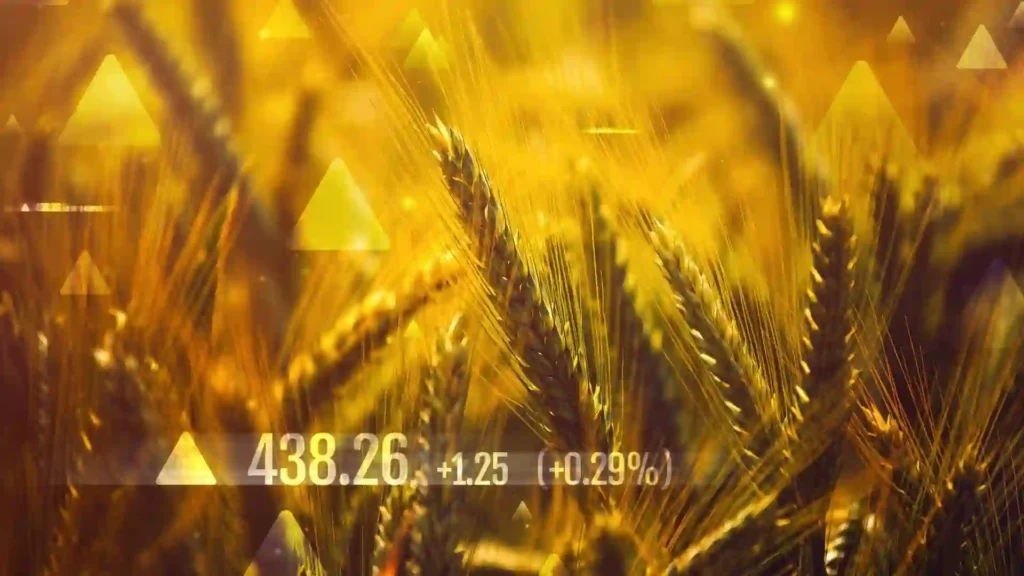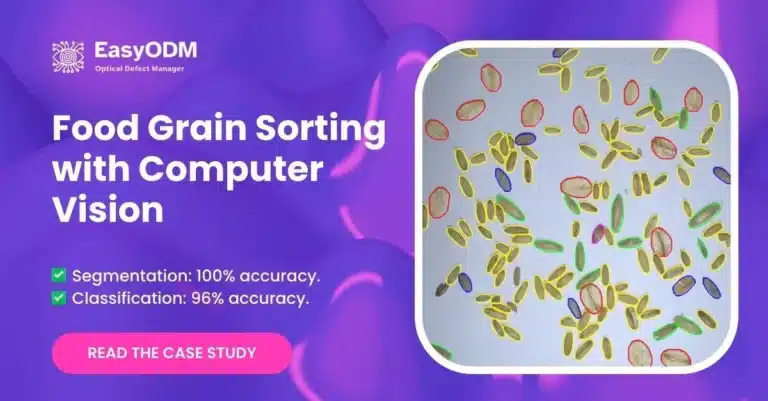The agricultural sector is changing rapidly. New technologies like AI (Artificial Intelligence) and machine vision are at the forefront of this change. These technologies help improve grain prices for both farmers and processors.
AI solutions from companies like EasyODM are making it easier to analyze grain quality. Analyzing grain quality ensures that only top quality grain reaches the market. This, in turn, helps stakeholders optimize their selling prices. Additionally, it also enables for more strategic selling of crops.
Video Summary of the blog post
AI and Machine Vision in Grain Quality Optimization
Grain quality plays a significant role in determining market prices. High-quality grains get better prices. Low-quality grains struggle to compete. AI and machine vision are changing the way we check grain quality. These advancements ensure the quality of grains that reach the market. This helps farmers and processors negotiate higher prices.
- Accurate Grading: EasyODM’s AI-driven automated grain sample analysis system grades grains with precision. It identifies defects that can reduce the grain’s market value.
- Automation: Traditional manual inspections are being replaced by AI systems. These systems ensure that only the best quality grains end up in the market.
- Cost-Effective: AI reduces the costs related to manual quality checks. Farmers can now offer high-quality grains with competitive grain prices.

Key Points
- AI Enhances Grain Quality and Pricing: EasyODM’s AI grain sampling system checks grain quality with high accuracy. This leads to better market prices.
- Cost Savings in Quality Checking: AI lowers the costs associated with quality testing. Farmers and processors can offer competitive prices while maintaining high grain quality.
- Predictive Analytics for Improved Yields: AI helps predict and boost crop yields. This stabilizes supply and influences grain prices.
- Forecasting Grain Prices with AI: AI can forecast future grain prices. This helps farmers and traders make smart decisions to achieve higher prices.
- Real-Time Monitoring to Prevent Losses: Machine vision allows real-time monitoring of crops. This reduces losses and ensures better grain quality.
Predictive Analytics for Better Yields and Prices
AI’s role in agriculture extends beyond quality checks. It also assists in predicting crop yields and prices. With AI, farmers can make informed decisions that lead to better crop yields. This, in turn, stabilizes grain prices.
- Data-Driven Decisions: AI analyzes data like weather patterns, soil health, and crop growth cycles. It recommends the best times for planting and harvesting.
- Increased Yields: Following AI’s recommendations can result in higher crop yields. This also improves grain quality.
- Impact on Prices: By stabilizing the supply, these improved yields help maintain better grain prices.
AI’s predictive abilities are getting more precise. This leads to better forecasts for both yields and grain prices. According to the World Economic Forum, AI and similar technologies will boost global agricultural productivity. It is expected to rise by up to 70% by 2050. This will be crucial for managing grain prices as global demand increases.
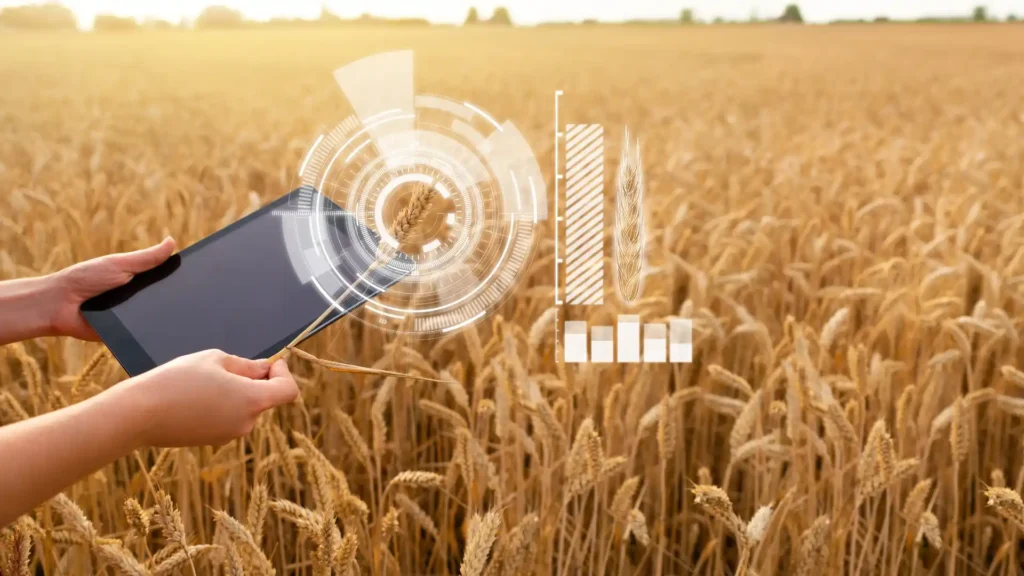
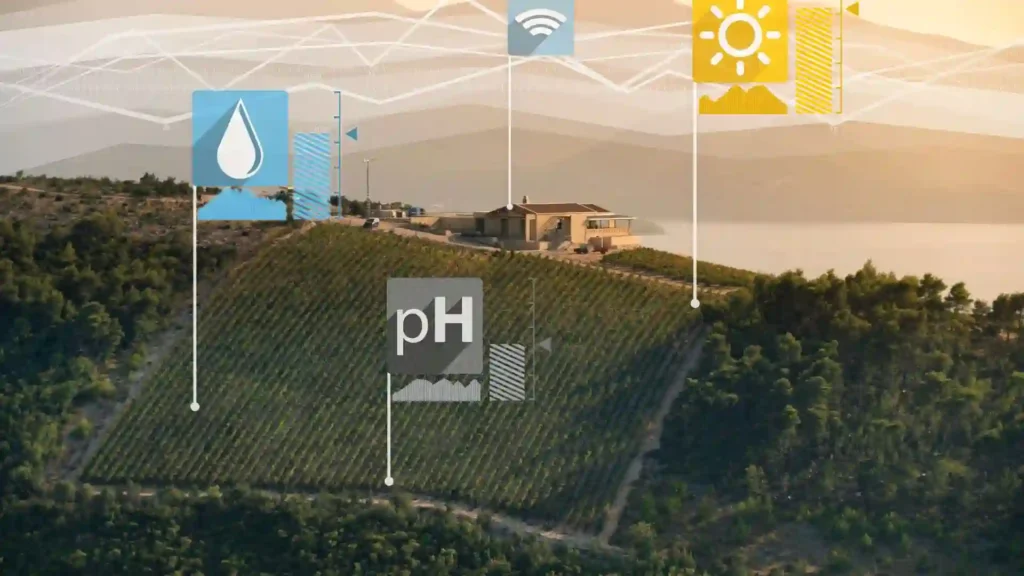
Predictive Analytics in Grain Price Forecasting
AI’s predictive analytics are not only for improving yields. They can also forecast commodity prices. This gives farmers and traders a significant advantage. AI systems analyze large amounts of data to predict future grain prices accurately. This helps in making smarter selling decisions.
- Price Prediction: AI models examine past price trends, global market conditions, and weather patterns. They predict how prices will change.
- Strategic Selling: With AI forecasts, farmers can choose the right time to sell their grain. They can wait until prices rise, maximizing their profits.
- Market Navigation: Traders use these forecasts to make strategic buying and selling decisions. This improves their profit margins.
The use of predictive analytics for forecasting grain prices is becoming more common. AI tools provide valuable insights in a market that can change quickly. By leveraging AI, farmers and traders can secure better grain prices.
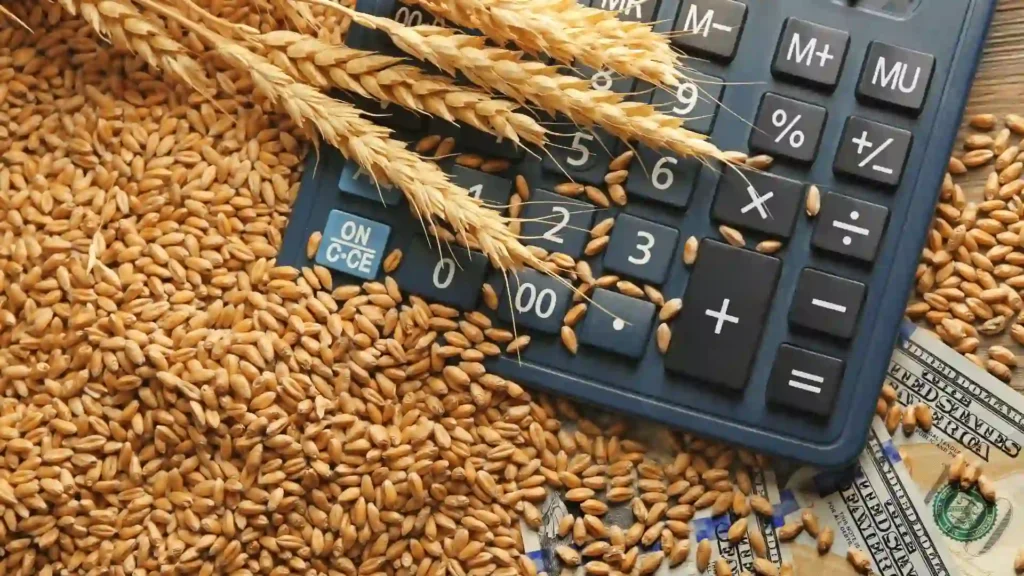
Real-Time Monitoring and Loss Prevention with Machine Vision
Machine vision technology allows farmers to monitor their crops in real-time. This technology provides crucial insights to prevent losses and ensure high-quality produce. It plays a direct role in maintaining high grain prices.
- Early Issue Detection: Real-time monitoring can spot pests, diseases, and nutrient deficiencies early. This allows farmers to act quickly.
- Loss Reduction: Preventing major crop losses ensures that more of the harvest is market-ready.
- Price Impact: Reducing losses, which can account for up to 20% of total grain yield, helps keep prices high. This is because it ensures consistent quality.
Machine vision helps make sure more grain reaches the market. This contributes to higher and more stable grain prices.

Global Adoption and Future Impact
The use of AI and machine vision in agriculture is growing rapidly. This has significant effects on grain prices. These technologies are being integrated throughout the agricultural supply chain. This integration enhances efficiency and profitability.
- Increased Adoption: The global market for AI in agriculture is expected to reach $4,7 billion by 2028. This growth is driven by the need for efficient farming practices and quality improvements.
- Stable Prices: As these technologies become more common, they will likely lead to more stable and potentially higher grain prices. This is due to better quality, fewer losses, and smarter price forecasting.


Conclusion
AI and machine vision are transforming the agricultural sector. They offer significant benefits for grain quality and pricing. EasyODM’s grain quality analysis solution is a prime example of how these technologies can improve quality checks and optimize grain prices.
The use of predictive analytics for both yield and price forecasting further enhances the value of AI in agriculture. It helps farmers and traders maximize their returns. As AI becomes more prevalent in farming, its impact on grain prices will become even more significant. This offers a promising future.
